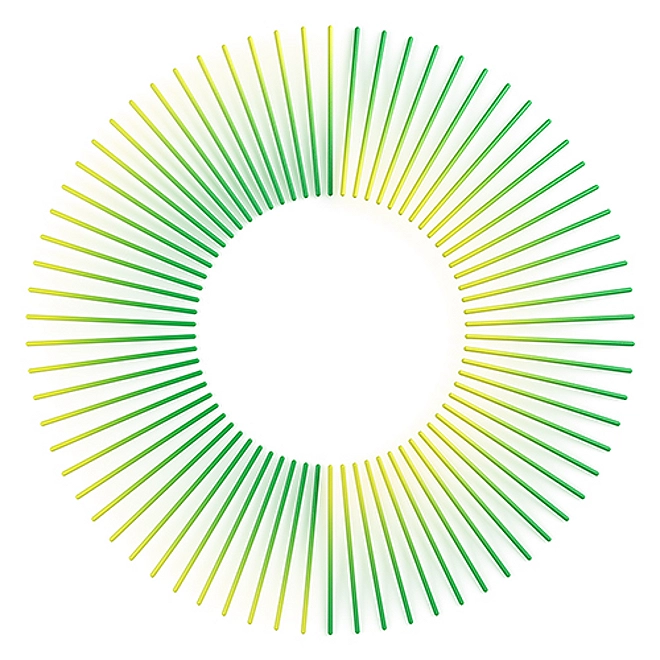These institutional investors are subject to one or multiple regulations, which require dedicated reports to monitor their compliance and the risks they are exposed to through portfolios managed by third parties.
Credit Institutions as investors:
Within Europe, the European Parliament and the Council, leveraging Basel III and IV guidelines, implemented the Capital Requirement Regulation (EU) No 575/2013 as amended by Regulation (EU) No 2019/876 and Directive 2013/36/EU as amended by Directive (EU) 2019/878, the so-called CRR II and CRD V. As a result, European credit institutions (ECI) and investment firms (IF) are required to calculate their capital requirements considering the risk profile of their balance sheet exposures. This includes the look-through on their investment fund holdings to estimate their exposure in terms of credit risk (solvability ratios), the currency risk (FX exposure), the countercyclical buffer (country exposure), the concentration risk with large exposure and the liquidity risk (Liquidity Coverage Ratio).
Worldwide, the Basel III and IV guidelines are implemented in several countries (e.g., Saudi, Japan and the United Arab Emirates), with regulators requiring reporting that includes the look-through on investment funds.
Insurance undertakings as investors:
Within Europe, the Solvency II (SII) Directive (2009/138/EC) has also aligned solvency capital requirements (SCR) for insurance companies with the risk profile of their assets and liabilities, with a look-through requirement on their investment fund holdings. To reduce cost in capital, insurance undertakings are collecting as much portfolio holding information as possible via the Tripartite Template (TPT) to estimate the risk they support through those investments. Quality, time and completion rate, including multiple levels of look-through, are standard reporting requirements to keep these investors in the asset managers’ funds.
In addition, some European regulators, such as the German BaFin with the VAG report in Germany, also require compliance reporting on investment fund exposures held by insurance undertakings, and have established dedicated reporting templates in coordination with local investment fund associations.
Worldwide, many countries, inspired by European regulations, have implemented equivalent regulation. Even if the look-through requirement on investment funds is not generalized, some countries such as Singapore are collecting equivalent reporting, and others are following closely (e.g., Hong Kong).
Pension schemes as investors:
Within Europe, pension funds' regulatory requirements are still established by each national regulator, with a notable increase in transparency requirements for investment funds since 2011: Austria (QMV or PKG reporting), Italy (COVIP reporting), Germany (VAG reporting), Netherlands (FTK reporting), and Sweden (Traffic Light).
At the European level, with the application of the IORP II regulation, the ECB and EIOPA request a minimum level of transparency from pension schemes, presently mainly for statistical purposes. Most local regulators have updated their reporting formats to take these additional disclosure needs into consideration (e.g., FTK, COVIP and QMV).
Worldwide, some countries have implemented regulations to monitor pension scheme risk exposure, such as Chile (AFP reporting) and Singapore (ILS reporting). Other APAC countries are following this trend, encouraging pension schemes to collect the necessary information to monitor their risk hold via their third-party portfolio managers.
How we can help
Asset managers must take these requirements and their evolution into consideration when developing or marketing new products and be ready to deliver a comprehensive set of data in country-specific reporting templates.
Leveraging an expertise built since 2007, Deloitte Luxembourg is the Deloitte center of excellence for IIR services and can assist you in meeting your look-through requirements. We offer to outsource the production of IIR, whatever the reporting format requested. We cover the end-to-end reporting process:
- One single entry data point for data collection, either from your fund administrators or your external asset managers, for an additional look-through level (e.g., FoF structures).
- Data enrichment leveraging multiple financial information providers, including the collection of credit ratings where applicable, and internal pricing and analytical libraries.
- An in-house reporting platform that is adaptable, flexible, and connected to an internal referential database covering more than 200,000 instruments and securities.
|
- Documented controls and dedicated oversight files for each reporting type to ease your monitoring, and periodic service and KPIs review.
- Monthly or quarterly reporting, at share class or portfolio level.
- Regulatory watch and support regarding your investors’ inquiries.
- Dissemination of reporting to our clients, platforms, vendors, and your investors on request.
|
| |
|
We assist in reducing your time to market and enhancing your client satisfaction. Next to industry-standard templates, Deloitte can also provide you with tailor-made templates, designed to satisfy any specific needs of your clients.



